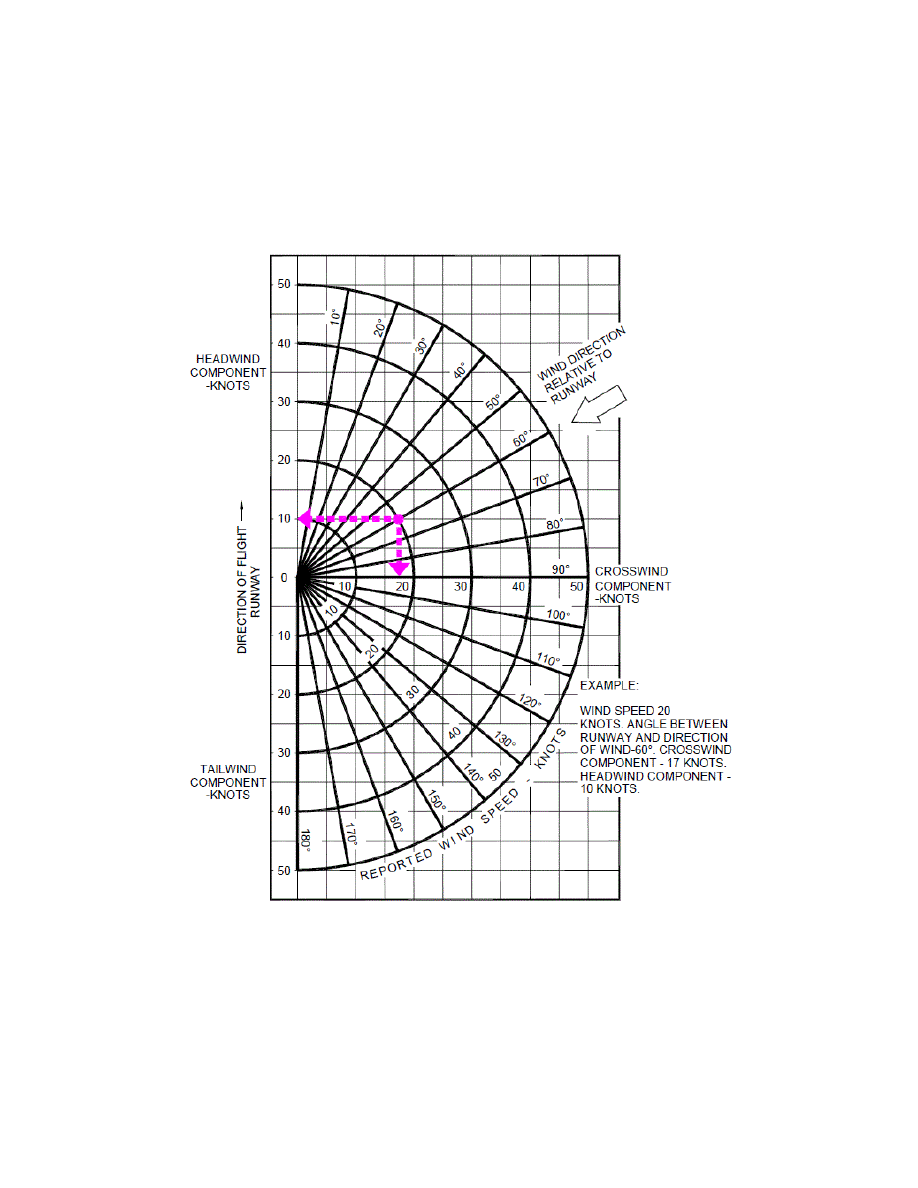
AIM
4/20/23
7.
Do not overshoot final or continue on a track which will penetrate the final approach of the parallel runway.
8.
Do not continue on a track which will penetrate the departure path of the parallel runway.
FIG 4
−
3
−
4
Headwind/Tailwind/Crosswind Component Calculator
4
−
3
−
4. Visual Indicators at Airports Without an Operating Control Tower
a.
At those airports
without an operating control tower,
a segmented circle visual indicator system, if installed,
is designed to provide traffic pattern information.
REFERENCE
−
AIM, Para 4
9, Traffic Advisory Practices at Airports Without Operating Control Towers.
b.
The segmented circle system consists of the following components:
4
−
3
−
6
Airport Operations